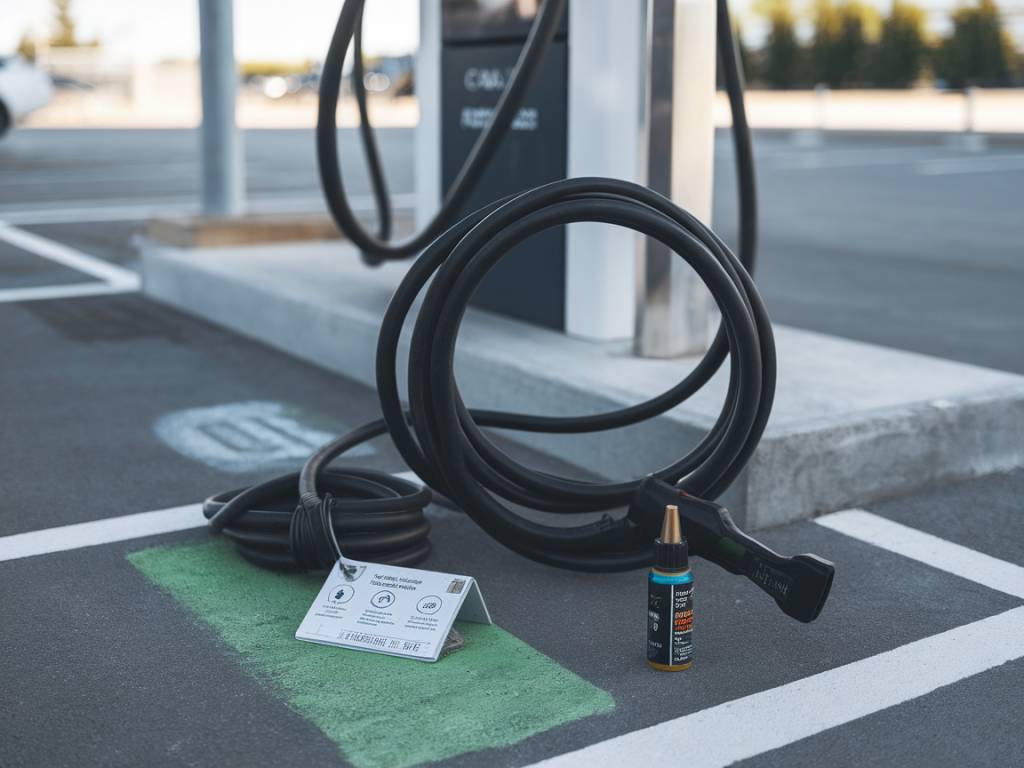Understanding the lifespan of ev charging cables and how to maintain them

understanding the lifespan of ev charging cables and how to maintain them
« `html
Electric vehicles (EVs) represent the future of transportation, being an eco-friendly alternative to traditional combustion-engine vehicles. A crucial component of owning an EV is the charging infrastructure, which includes the charging cables. Understanding the lifespan of EV charging cables and knowing how to maintain them can help EV owners maximize their investment and ensure consistent performance. This article delves into the lifespan of EV charging cables, the factors affecting their durability, and tips for maintaining them.
Factors Influencing the Lifespan of EV Charging Cables
Several factors affect how long an EV charging cable will last. Knowing these can help in making informed decisions and taking proactive measures to maintain the cables.
Expected Lifespan of EV Charging Cables
The lifespan of EV charging cables can vary widely depending on their quality and how well they are maintained. On average, high-quality EV charging cables can last anywhere from 3 to 5 years. However, with proper usage and maintenance, some cables can last even longer.
It’s also crucial to note that certain signs indicate when a charging cable is nearing the end of its lifespan. These include frayed wires, loose connections, and reduced charging speed. Keeping an eye out for these indicators can help prevent potential hazards and ensure efficient charging of your EV.
Tips for Maintaining EV Charging Cables
Proper maintenance can significantly extend the lifespan of your EV charging cables. Here are some essential tips:
The Importance of Certified Cables
When purchasing an EV charging cable, it is essential to ensure it is certified by relevant industry standards. Certified cables typically undergo rigorous testing for safety, durability, and performance. Non-certified cables may be less expensive but can pose risks such as overheating, poor electrical performance, and reduced lifespan.
Look for certifications such as UL (Underwriters Laboratories) in the US, CE (Conformité Européenne) in Europe, and other internationally recognized standards. These certifications provide assurance that the cable meets specific safety and performance criteria, making it a reliable choice for EV owners.
When to Replace Your EV Charging Cable
Knowing when to replace your EV charging cable is crucial for safety and efficiency. Here are some signs that indicate it’s time for a replacement:
Choosing the Right EV Charging Cable
Choosing the right EV charging cable involves considering various factors such as compatibility, length, and type of connectors. Here’s a brief guide:
Environmental Considerations
Environmentally friendly maintenance of EV charging cables involves proper disposal of worn-out cables and considering cables made from recyclable materials. When it comes time to replace your charging cable, ensure that it is disposed of responsibly. Many manufacturers offer take-back programs or guidelines for recycling used cables.
Additionally, consider purchasing cables that are made from recyclable or environmentally friendly materials. Some manufacturers now offer sustainable options that reduce environmental impact.
Final Thoughts on Maximizing EV Charging Cable Lifespan
Understanding the factors that influence the lifespan of EV charging cables and incorporating proper maintenance practices can help maximize your investment. Regular inspections, proper storage, and attentive usage all contribute to extending the life of your charging cable, ensuring efficient and safe charging of your electric vehicle.
As the EV market continues to grow, advancements in charging technology and cable materials are likely to further enhance durability and performance. Staying informed about these developments and adopting best practices for cable maintenance will help you keep your EV running smoothly and sustainably for years to come.
« `





